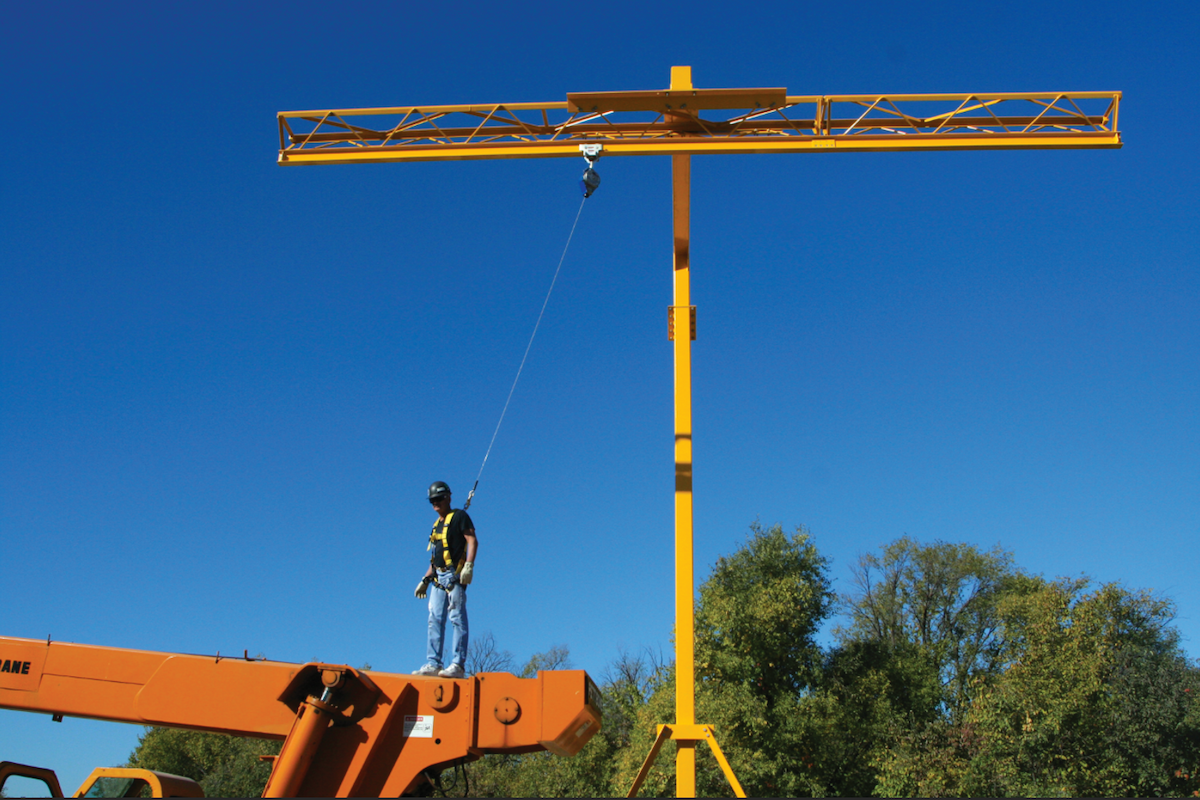A recent survey of a range of enterprises with approximately $5.75 trillion in total global assets under management revealed an “extensive” post-pandemic spike in demand for healthy buildings. A staggering 89 percent of respondents described the current demand for healthy buildings as either “moderate” or “strong.” Data also indicated that healthy building yielded a 4.4 to 7 percent increase in rental premiums.
This demand is not new. Data was emerging before the pandemic. What we are witnessing today is a post-pandemic spike in personnel demand for healthy buildings in commercial real estate. If one considers the 30-year lifecycle costs of a stand-alone commercial office building, personnel costs significantly outweigh other building and operational costs at approximately 92 percent of the total. By comparison, the initial building design and construction costs accounted for about 2 percent of the total investment; while operations and maintenance costs amounted for approximately 6 percent.
But where does one start? How do we define “healthy buildings”?
Let us examine health and wellness in the built environments from three aspects: Healthy Buildings, Active Design, and Biophilic Patterns.
What makes a building “healthy”? This has become a complicated topic as “health” is a relative concept that can take on many definitions.
In the interest of simplicity, nine concepts are offered below. This list was derived from the work of Joseph G. Allen and a research team at the Harvard T.H. Chan School of Public Health, who distilled decades of research on key determinants of health in our buildings down to a shortlist referred to as The 9 Foundations of a Healthy Building.
Specify low-emitting products and materials. This is where air filtration, green cleaning agents, low-VOC paint selections, and formaldehyde-free products come into play. This is not an all-or-nothing proposition. Every little bit helps.
Test the air. Measure what is actually present. Real-time monitoring should be supplemented with targeted sampling on at least an annual basis.
- Prevent moisture intrusion through proper building enclosure design and detailing – watch those transitions
- Detect moisture intrusion early through regular inspection
- Fix the damage quickly once it is identified
- Clean it – letting it dry out is often not enough
Relative humidity also matters. Too much can foster mold and fungus growth, too little can increase ozone production and harbor certain viruses.
Want a healthy building? Reduce dust. Prompt users to wash hands frequently, clean floors regularly with a HEPA vacuum, clean surfaces regularly, and do what you can to mitigate or control sources of animal allergens.
Solutions for healthier acoustic environments begin with a thoughtful definition of noise criteria per type of space. Next, address sound transmission from one zone to another. Then, fine-tune the building materials used in a space in recognition of which surfaces should absorb sound or reflect it. Finally, there are technological solutions in terms of sound cancellation or masking.
Recommendations for healthy illumination begin with defining and designing for illuminance requirements. Maximize access to full-spectrum daylight. Focus lighting design on intensity, spectrum, and the timing of lighting exposure.
Since the end of WWII, the prevalence of chronic disease has steadily rose to become the dominant cause of illness in the U.S.
One of the greatest drivers of chronic disease is our sedentary lifestyle. According to John Hopkins Medicine, our inactivity is leading to a variety of chronic health concerns, including high blood pressure, increased risk of type 2 diabetes, feelings of anxiety and depression, and obesity. The World Health Organization (WHO) reports that less than a quarter of adults get a sufficient amount of exercise on a regular basis.
What if our buildings could help change this?
“Active design” refers to a set of building and planning principles that promote physical activity. There are strategies for a variety of scales; however, building strategies may include appealing stair environments; supportive walking routes; and facilities that support exercise.
Healthy buildings must be beautiful buildings.
It has been nearly 40 years since Harvard biologist Edward O. Wilson, Ph.D., first published his seminal book, Biophilia. According to Wilson, humans have a genetically-based relationship to the dynamic sensory effects of nature.
Over the past century, our highly-engineered structures have cultivated a standard for tightly-controlled, mechanically-based systems for lighting ventilation, heating, and cooling. We cut off our access to nature; yet studies have shown that access to nature can alleviate feelings of stress and induce positive cardiac deceleration as well as beneficial physiological arousal.
Biophilic patterns offer potential economic advantages as well.
Again, it is not all-of-nothing. Even a few contributory biophilic patterns will compliment healthy buildings with active design features to collectively enhance the wellbeing of building occupants by offering opportunities for delight.






































































